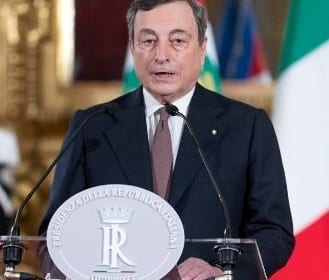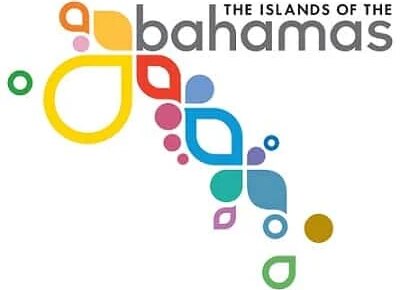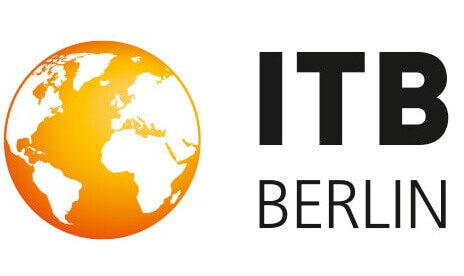The Prime Minister of Italy has done away with the Ministry of Cultural Heritage and Activities and Tourism and is making it a stand-alone department under the Deputy Minister of Economy.
- An Italian Tourism Ministry was established 60 years ago after 24 political changes.
- Due to COVID-19, the country saw 273 million less tourists in 2020.
- How will the 224 billion euro Recovery Plan be spent?
This is what the new Mario Draghi, Prime Minister of Italy has decided. Italy Tourism leaves the Department of Cultural Heritage (Mibact) and becomes an autonomous ministry headed by the former Deputy Minister of Economy, Massimo Garavaglia, of the Lega political party, a right-wing, federalist, populist, and conservative political party in Italy (currently without a portfolio).
The establishment of the Mibact Tourism Ministry dates back to 1960. For this sector, the acquisition of an institutional dimension marks the umpteenth stage of a journey that has seen 24 politicians of various stature and party affiliations change, until its abolition in 1993.
The measures taken to contain coronavirus infections overwhelmed the tourism sector, which before the COVID crisis, was worth over 13% of Italian GDP and was one of the most vital economic sectors. According to the Demoskopika Institute, 2020 closed with 237 million fewer tourists than the year before. Hence the choice of President Draghi to focus on a dedicated ministry.
The vision of the President of Unionturismo Gian Franco Fisanotti is:
“With a specific minister, we can expect greater attention from the government to the many problems of our sector that needs the help of all the active forces of the country, starting with security, health, agriculture, transport, and culture, on which its credibility is based.
“Primarily [it is] a constitutional reform to revise Title V of the constitution. [Title V is that part of the Italian Constitution in which local autonomies are “designed” – municipalities, provinces, and regions.]
“The State should be granted a concrete legislative power concurrent with that of the regions to dictate regulations with validity throughout the national territory. The national tourist offer is nourished by agriculture and transport. Italy deserves the best.
“The success of Made in Italy and the challenge of competing countries require a unified image of Italy despite the complexity and richness of the product. It will take some time before the bureaucratic phases of the transfer of tasks to the new Ministry of Tourism can be completed from that of Cultural Heritage where up to now they were located, but we are confident in the efficiency of Prime Minister Mario Draghi and his collaborators.
“The new government will thus be able to proceed at full capacity with the papers in order, the strategies to relaunch Italy’s competitiveness on the international scene in close collaboration with the Enit and the regions, the strategic projects for the qualification of the tourist offer that after COVID it needs strong incentives to restart.
“The tasks of the new Ministry are known and can be summarized as follows: coordination and promotion of national tourism policies, relations with the EU and non-EU countries in the field of tourism, relations with trade associations and tourism businesses. Then there are plans for the development and integration of national tourism policies of assistance and protection for tourists, the management of structural funds and the promotion of young people for new forms of sustainable tourism.”
With an 8 billion euro Recovery Plan dedicated to culture, not much has been done, especially considering that a large part of the funds have already been allocated to the promotion of rural villages such as Borghi, major cultural tourist attractions, slow tourism, and more.
Recovery: what it provides for tourism
The 7 pages dedicated to tourism out of 170 of the Recovery Plan indicate only 8 billion euro out of 223.9 to be shared with culture.
A chapter of the Recovery Plan, the one on tourism, which is memorable is its evanescence, considering the sectors to be covered:
– Next Generation cultural heritage
– Strengthening the strategic plan for major tourist and cultural attractions
– Digital platforms and strategies for accessing cultural heritage
– Improvement of physical accessibility
– Caput Mundi. Interventions on the artistic and cultural heritage of Rome
– Development of the film industry (Cinecittà Project)
– Minor sites, rural areas and suburbs
– National Villages Plan
– Rural historical heritage
– Program Identity places, suburbs, parks and historical gardens
– Seismic safety of places of worship and FEC heritage restoration
– Tourism and Culture
– Culture 4.0
– Tourist training and initiatives for the
– Cultural dissemination in schools Support to cultural operators in the green and digital transition –
– “Paths in history” – Slow tourism
– Improvement of accommodation infrastructures and tourist services
The high-sounding “National Recovery and Resilience Plan” (PNRR) is ambitious, at least for now, and has only the name and the structure since each of its chapters contains various investment projects, declared Marina Lalli, President of the Italy Tourism Federation, underlining that plans drawn up by other countries such as Spain, have the government has reserving 24 billion for tourism, or as much as 17% of the total 140 billion.
The fear of the federation headed by Confindustria is that for tourist SMEs, the failure rate could reach 40% of the overall offer with peaks of 80% for sectors such as travel agencies and tour operators or 60% for those of culture, catering, and entertainment.
“In this context of alarm,” added Lalli, “we look at the National Recovery and Resilience Plan with great hopes and deep expectations, albeit aware that these are projects for medium-/long-term investments which, therefore, do not fall within the urgent to help the sector.”
Paolo Gentiloni, EU Commissioner for Economy, stressed that the Plan should be “strengthened.” The goal is to arrive on time for the appointment on April 30 with Europe, the deadline for the presentation in Brussels of a Plan that has the right economic structure to restart.




